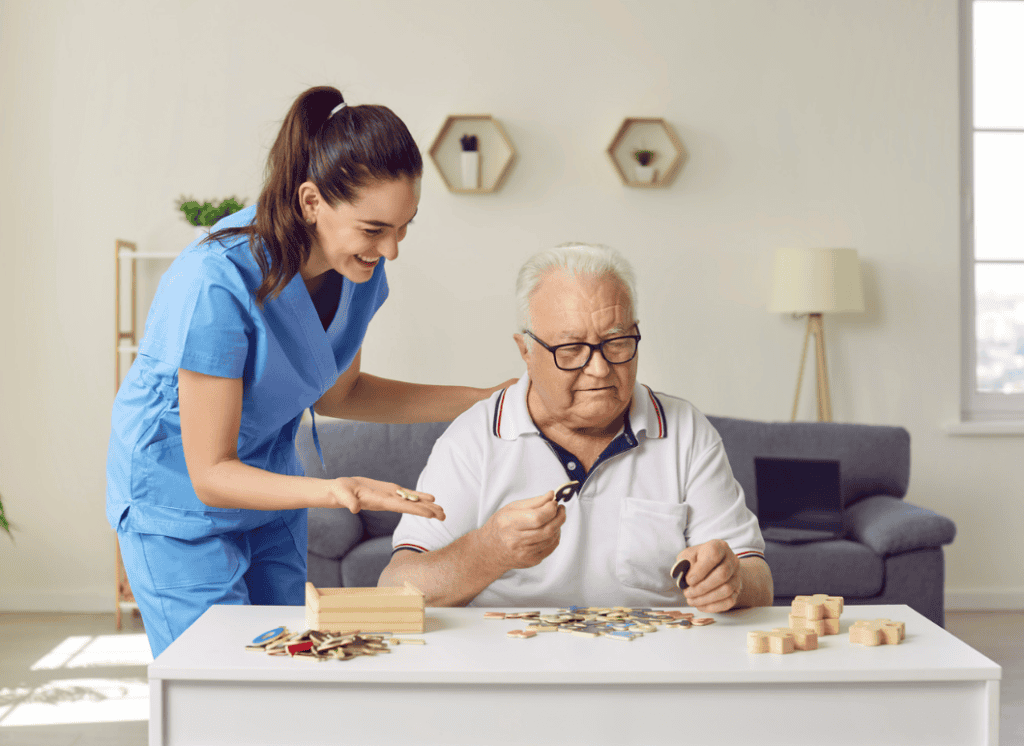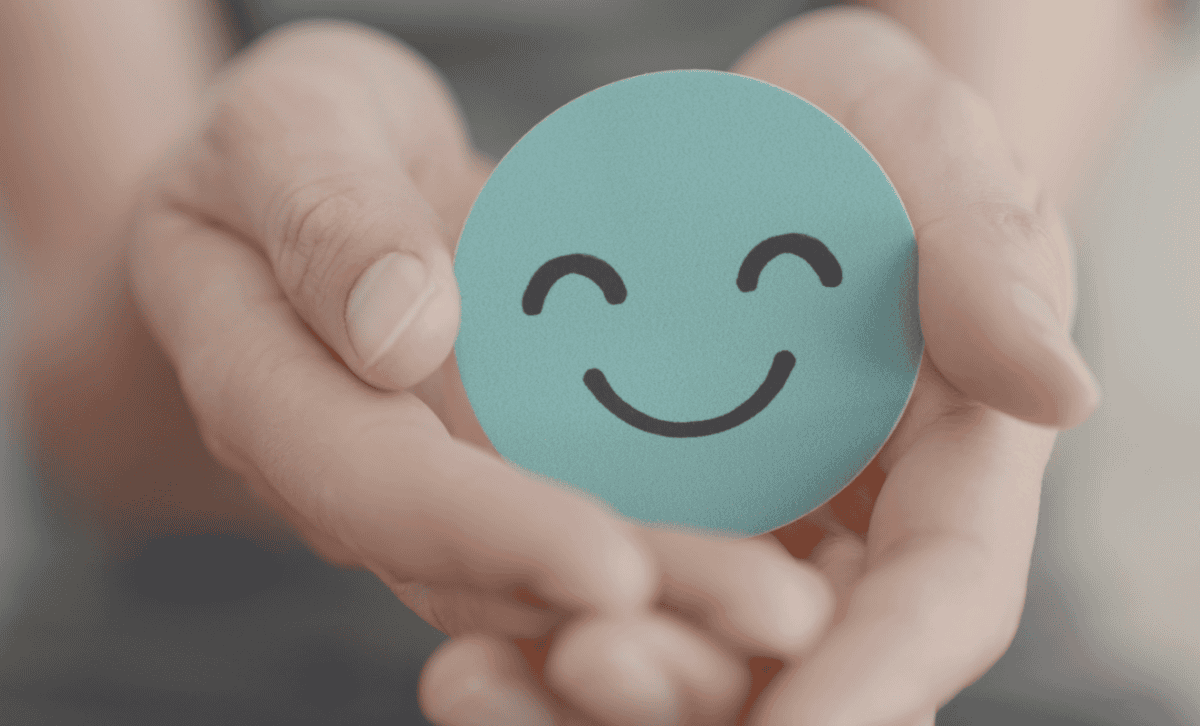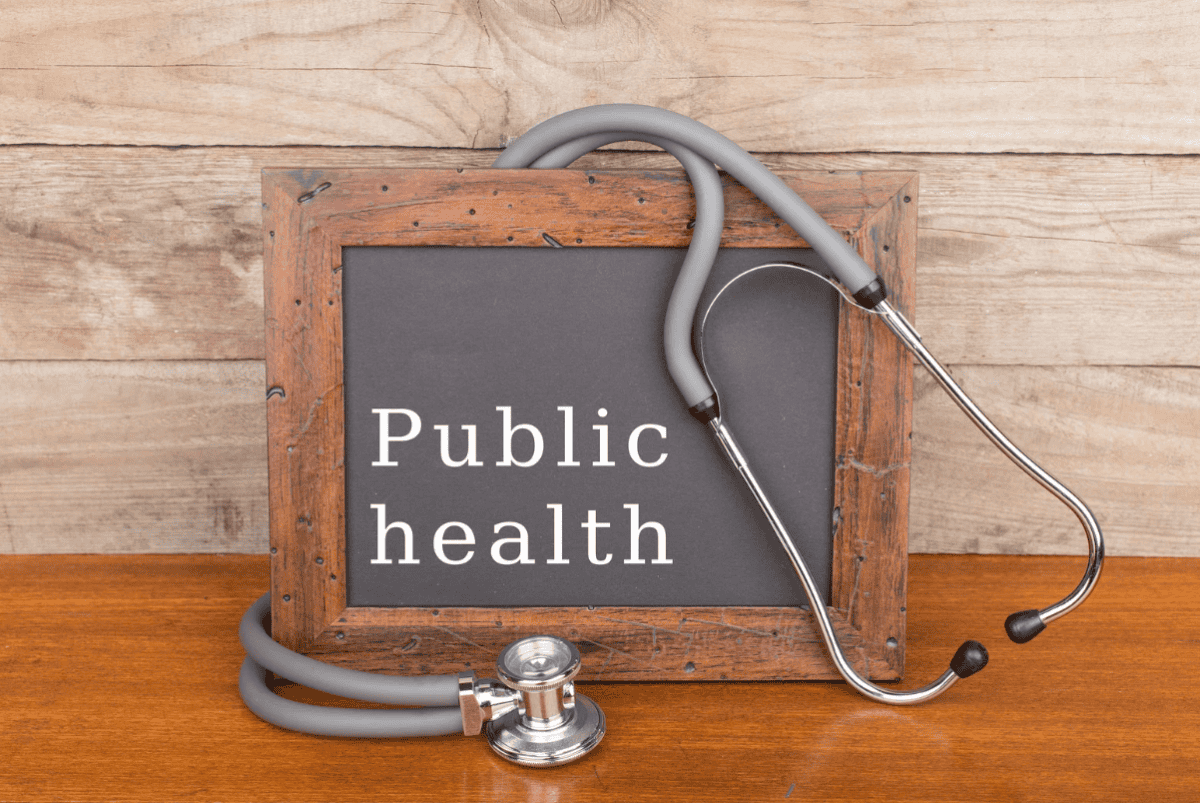In this article, we will discuss the overall impact of sports injuries. Additionally, discover what the pathway to total recovery looks like for a spectacular sports injury comeback story.
Injuries In Sports
Any injury that occurs at the time of exercising, or participating in athletic activities is classified as a sports injury. Such injuries are much more common than we may think. Back in 2022, over 35,000 athletic competitors belonged to the US.
These numbers would be higher today. Plus, these do not include the thousands of teens and young adults training for different sports across the country. As per John Hopkins Medicine, more than 3.5 million sports injuries occur every year on average. These figures simply include those occurring on the fields of public tournaments.
Whether athletic injuries are sustained on national television or in the privacy of one’s backyard, healing and recovery are vital. Even if the wound is physical, its impact may reach beyond the external and the visible. In other words, sports injuries have emotional and psychological implications too.

The Overall Impact of a Sports Injury
It’s an amazing blessing to have a human body that is powerfully resilient. On its own, our physical vessels are designed to function in the direction of health. However, blunt impact or sharp object forces can disrupt this function.
That is when it becomes dangerous to simply ‘push through.’ Sports injuries can lead to numerous physical issues in the form of acute symptoms and long-term health effects. The former may include pain, swelling, and bruising. The latter may even lead to serious issues like bone deformity and arthritis.
In some cases, especially those left untreated, the long-term effects include emboli or clotting abnormalities. Such severe complications are also a risk with repeated injuries.
Besides the physical impact, sports injuries affect one’s emotional and mental health. For instance – sometimes, the inflammation resulting from the injury itself can be so severe that it leads to cognitive decline. In other cases, the fear of a deformity can cause depression, anxiety, and social isolation.
If the athlete must be sidelined for an extended period due to the injury, they may experience anger, hopelessness, and resentment. Some even undergo a period of experiencing poor self-esteem and a loss of identity until complete recovery. Even after rehabilitation, there may be a fear of re-injury which keeps the athlete from performing with full potential.
Sports Injury Comeback Story – The Pathway to Complete Recovery
As we just mentioned, sports injuries can leave behind scars that run deeper than the physical. Enduring pain and suffering is bad enough. When a loss of a sense of purpose and routine is added to them, life itself can become a burden. This is by no means a trivial matter.
Thankfully, complete recovery is possible. Let’s look at the different strategies that can work in tandem to make this happen.
Physical Therapy
In generic terms, physical therapy is the treatment of an injury using physical methods like heat treatment, massage, and exercise. This means physical therapy avoids the use of surgery or oral drugs.
Certain injuries call for this type of treatment for holistic physical healing. For instance – suppose an athlete suddenly changes direction on the field or lands with a jump. This can injure their knee, leading to pain, swelling, and a popping sensation. In this case, physical therapy for knee pain would involve exercises to relieve discomfort and strengthen muscles.
According to Motive, therapists will focus on improving mobility and helping the patient move freely. Though recovery time may vary depending on the injury’s severity, it typically takes around four to eight weeks.
Severe cases may even require months to heal accompanied by surgery or medication. Whatever the individual case, physical healing is the first place to start because it inflicts visible wounds.
Psychological Resilience
Since sports injuries impact the psyche as much as the body, mental health counseling or therapy may also be required. The athlete will have to work on a personal level to build psychological resilience until they’ve fully recovered.
For instance – they must start by setting realistic goals that are specific and relevant to their healing journey. This should go alongside the power of visualization. In other words, the athlete must visualize themselves as healed, happy, and taking the arena by storm once again.
If a sportsperson is suffering from a sprained ankle, they must picture themselves sprinting energetically across the field. The other techniques recommended by the mental health specialist must be put into practice.
An optimistic attitude towards recovery can usher the body into a self-healing mode. As they say – it’s the mind that needs convincing and the body will follow.

Proper Rest
Rest, in general, is a pressing need for the human body. The Times Magazine published a rather interesting article on how ‘rest takes hard work.’ In a hustle-obsessed culture, it can be challenging to find meaningful moments of respite.
The world can seem to have turned against rest, and injured athletes can find it difficult to cope. It may feel isolating to do nothing when peers are setting new goals and embarking on the field. Amid such tough times, the key is to remember the value of rest in recovery.
With proper rest, the body can repair its tissues and muscles to rebuild strength. If you start training or playing mid-recovery, the process can be thwarted and injuries may get worse. Moreover, rest relaxes and calms the mind, which also aids in faster emotional/mental recovery.
Finally, there is a bonus tip we would like to drop that is essential for a sports injury comeback story – hydration and a nutritious diet. As per the Mayo Clinic, adult men should consume at least 3.4 liters of water daily. Women should have at least 2.7 liters every day.
Athletes can cover these hydration intake requirements with hypotonic drinks as well. As for the diet, sportspeople will benefit from a combination of proteins, carbohydrates, good fats, and vitamins. The Mediterranean diet is rich in lean proteins, unsaturated fats, and other nutrients required by an athlete’s body.
Abide by the tips discussed in this article and you will not only recover faster but also return with twice the stamina and resilience as before.






























